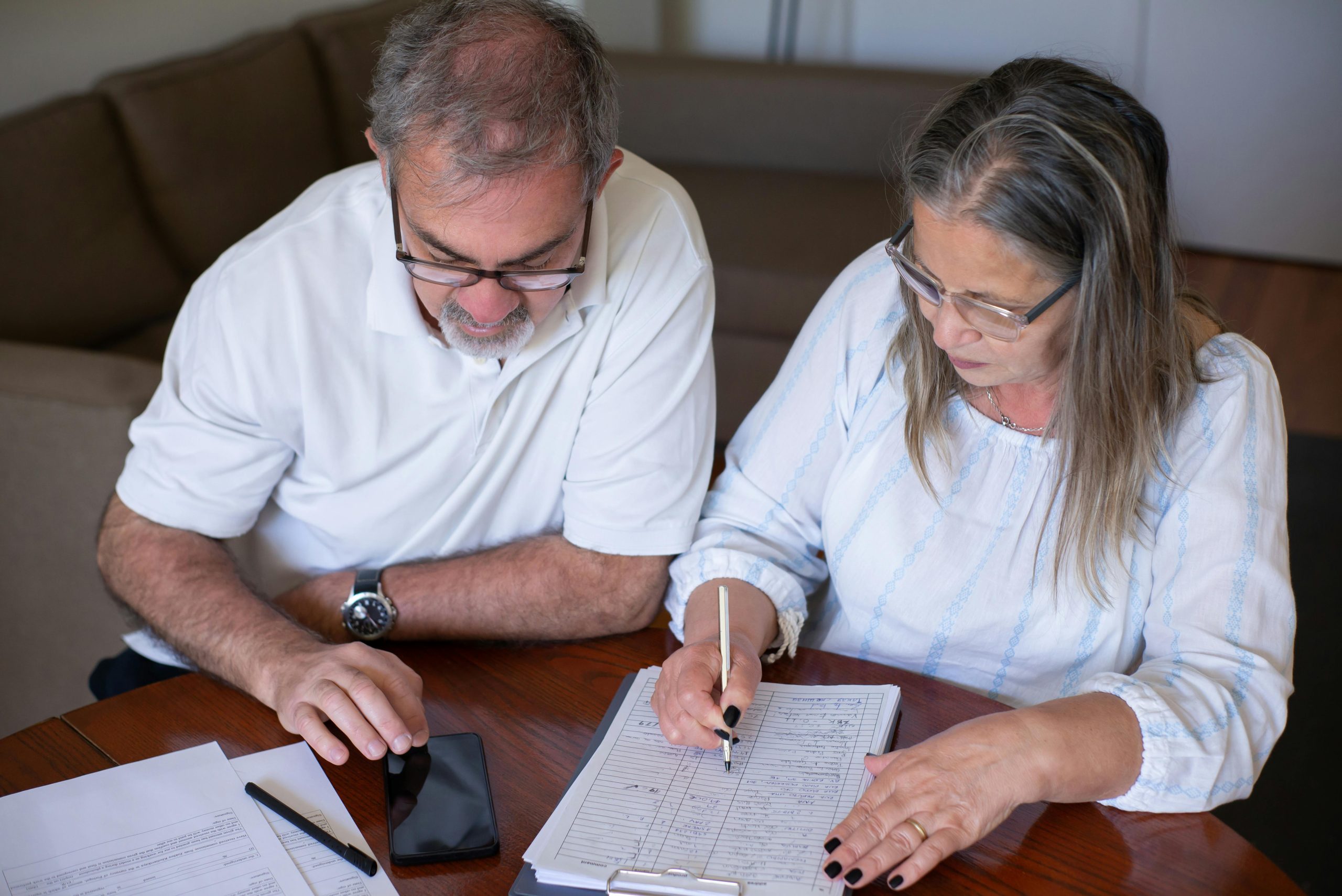
Have you heard of the FIRE movement? The Financial Independence, Retire Early (FIRE) movement promises financial freedom. It’s not for everyone. The movement promotes saving and investing aggressively to reach financial independence and achieve early retirement. For example, the movement says that your savings should be 25 times your annual expenses. For many, this type of aggressive savings just isn’t possible with their current budget.
The FIRE Movement was inspired by the book, Your Money or Your Life. While the principles of the FIRE movement may make sense, there are many blind spots in its philosophy to watch out for. Here are 10 ways the FIRE Movement could be setting you up for financial failure.
1. Invest 50% of Income
This type of aggressive investment may be beneficial if you want to live off the returns of your investments, but this is only true if the market is healthy. You may not be making the traditional 7%-10% returns that FIRE says you can live off of if there is a down market. Instead, overinvesting and failing to diversify your portfolio, may leave you vulnerable.
2. Calculating Your Fire Number
Your FIRE number, or the amount you’ll need for retirement, is typically 25 times your annual expenses. Unfortunately, your annual expenses will likely change in retirement and you’ll need to account for additional healthcare expenses, assisted living expenses, and so on. 25 percent may not be enough of an increase. Using a retirement calculator is a much more reliable indicator of how much you’ll need to save for retirement.
3. Save Up to 75% of Your Income
With the rate of inflation, many people can’t afford to save 75% of their income. If you stretch your budget too thin, you may be ignoring other financial obligations like paying down debt before focusing aggressively on savings. This could lead to financial ruin.
4. Lean FIRE
If you follow the LEAN FIRE plan, you’ll most likely only live on about $25,000 per year. This is extremely difficult to achieve. You most likely will get frugality fatigue if you’re constantly pinching pennies.
5. Fat FIRE
If you follow the FAT FIRE plan, you fall into the category of not wanting to reduce your current lifestyle. Under this model you’ll have to significantly increase your income to save enough for the FIRE movement standards.
6. Withdrawing Retirement Accounts Early
If you withdraw funds from your retirement accounts before retirement age, you’ll have tax implications. Make sure that you are factoring in penalties and taxes before you drain your retirement accounts. It could cost you thousands of dollars.
7. No Room for Error
There’s a very slim margin for error with the FIRE method. If you have unexpected health issues or need to help a family member financially, you probably won’t be able to do so comfortably.
8. No Room for Growth
While FIRE may help you retire early, you may be stymying financial growth. You’ll be so focused on frugality and achieving a goal that you may miss financial opportunities that could lead to personal and generational wealth.
9. You Might Outlive Your Money
If you retire in your 40s or 50s, there’s a good chance that you’ll outlive the money that you’ve saved. According to the CDC, the average life expectancy is 78 years.
10. You May Not Be Able to Rely on Social Security
Even if you assume that you’ll get Social Security benefits later in life, this may not be true. If Social Security payments ever shrink or get eliminated in the future, you may not be able to collect. Then, you’ll be left to only use the money you saved using the FIRE method, which may not be enough for your golden years.
Have you tried the FIRE method? What has your experience been?
Read More
9 Sneaky Ways To Save Money When Your Spouse Is An Impulsive Buyer
Why Financial Anxiety Is So Common—And How to Finally Feel in Control

Teri Monroe started her career in communications working for local government and nonprofits. Today, she is a freelance finance and lifestyle writer and small business owner. In her spare time, she loves golfing with her husband, taking her dog Milo on long walks, and playing pickleball with friends.
